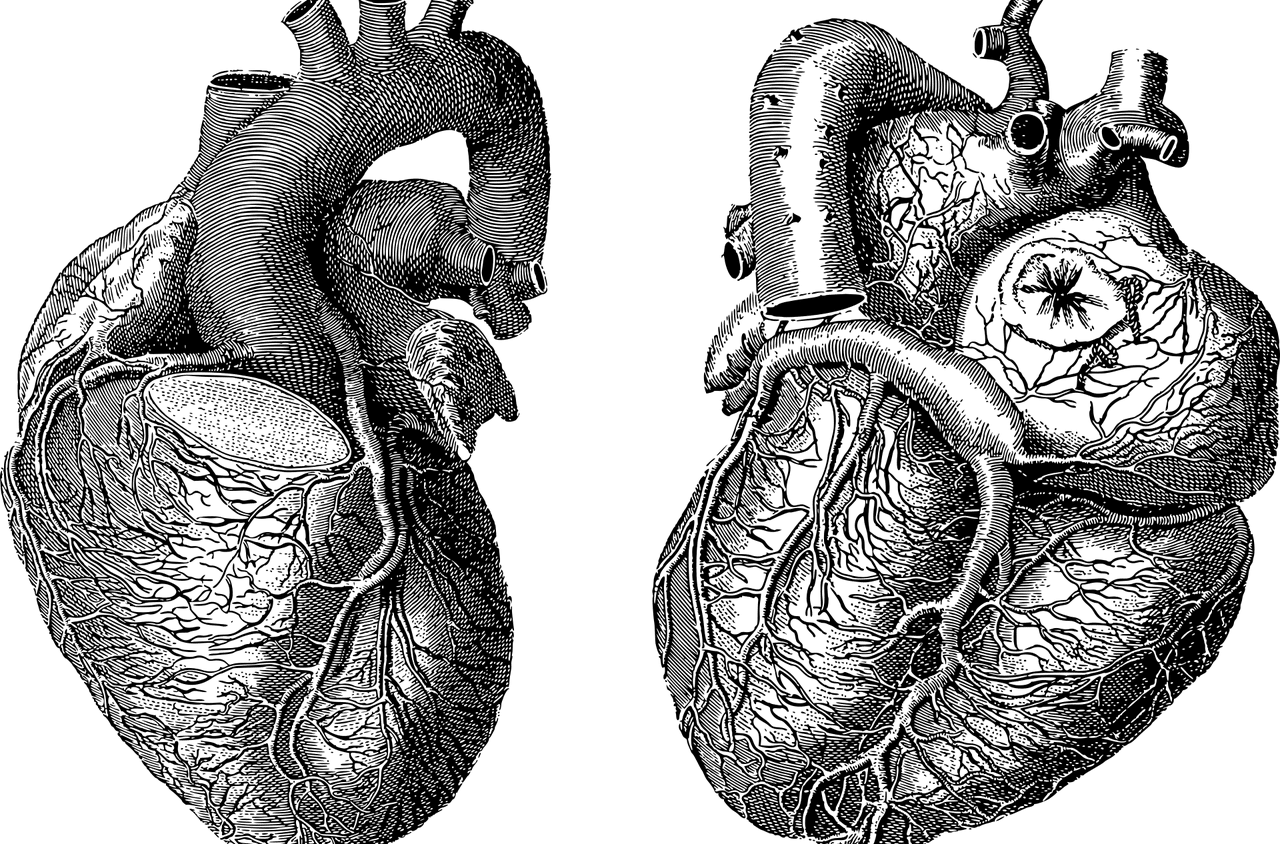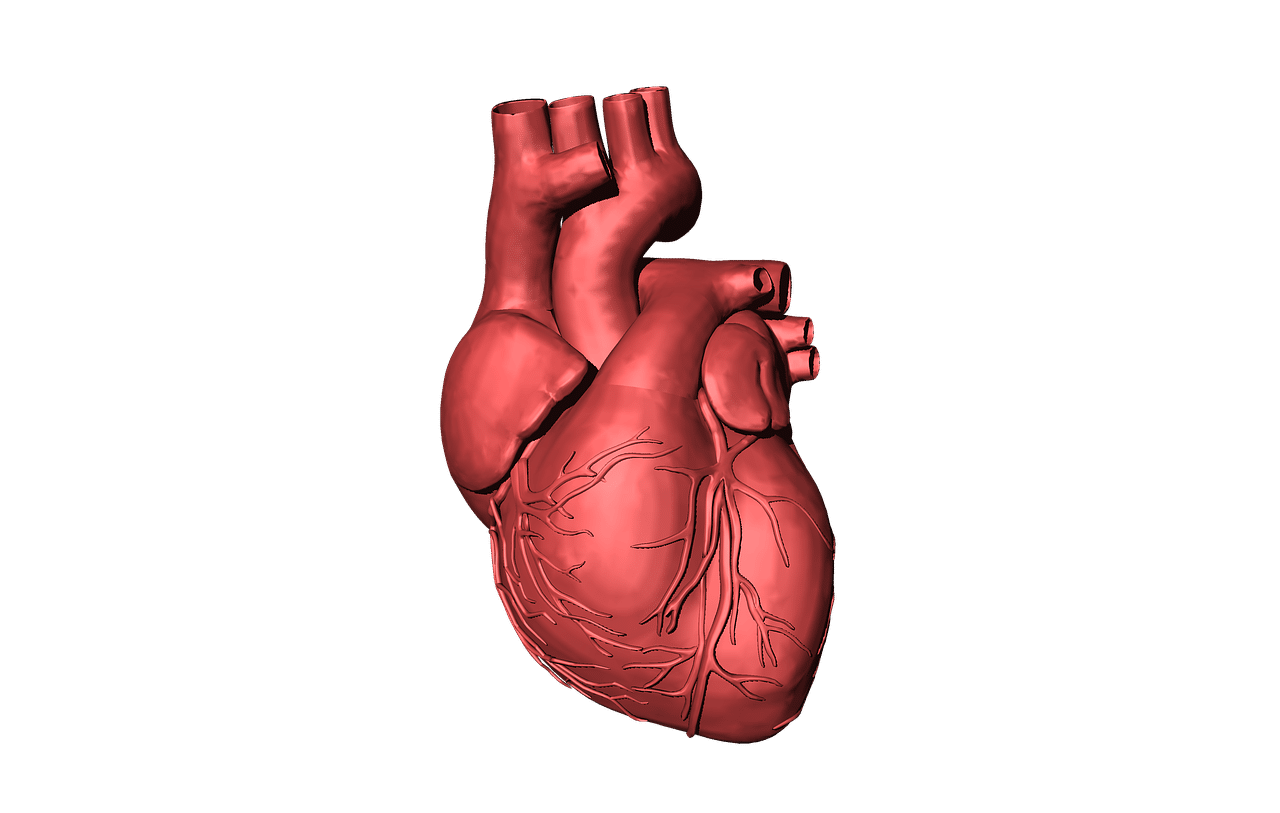
The pericardium is the membranous sac that surrounds the heart.
The pericardium is a membranous sac that surrounds the heart . The concept comes from the Greek language and refers to two layers that cover both the aforementioned organ and the roots of its main blood conduits.
In Greek is where we can find the etymological origin of the word that concerns us now. And it is composed of two elements of said language: the prefix peri- , which can be translated as "around" ; and the noun kardia , which is synonymous with "heart" .
Composition of the pericardium
The pericardium, found in the middle mediastinum , can be divided into fibrous pericardium (the outer layer) and serous pericardium (the inner layer). The pericardiophrenic ligament , for its part, links it to the diaphragm.
The fibrous pericardium, conical in appearance, has its base articulated with the diaphragm. Thanks to its presence, the distension movement of the heart finds a limit. The serous pericardium, for its part, can be divided into parietal and visceral , two regions that have their separation in the pericardial cavity .
It is important to highlight that, between both layers, there is a fluid that is responsible for the lubrication of these elements. Thanks to this lubricating element, the heart can perform contraction movements more easily.

The pericardium can suffer various problems.
Possible drawbacks
There are various problems that can occur in the pericardium. When fluid accumulates in the bag, it is called a pericardial effusion , which causes pressure on the heart and makes it difficult for it to function normally. The consequences of this accumulation can lead to pericardial tamponade , capable of causing death . Various causes, on the other hand, can generate inflammation of the pericardium called pericarditis .
The aforementioned pericarditis basically tends to be of three types:
- Tumor pericarditis , which occurs as a result of certain tumors affecting the pericardium. They are usually cancers in the breasts or even the lungs.
- Bacterial pericarditis . As its name indicates, it is the one that is produced by bacteria and these can appear as a result of very normal acts such as the extraction of a tooth.
- Viral pericarditis . It is the most common of the three, specifically 80% of pericarditis are of this type. It is caused by the Coxsackie virus and usually affects HIV patients or those who have had an organ transplant. The most common thing is that it manifests itself as a result of respiratory tract or gastrointestinal infections.
Drugs are, usually, the elements used to treat any of the problems that affect the pericardium. However, in more serious or specific cases a puncture or fenestration will also be required.
Symptoms that may reflect a problem in the pericardium include breathing problems, discomfort in the chest area, and palpitations. The treatment of these disorders will depend on the problem in question.
However, it should not be overlooked that it is also indicative that something is wrong in the pericardium so much so that the person has a fever. Hence, when the doctor is in charge of examining the patient with possible problems of this type, he does not hesitate to take the patient's temperature.
